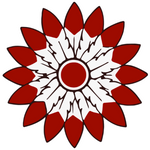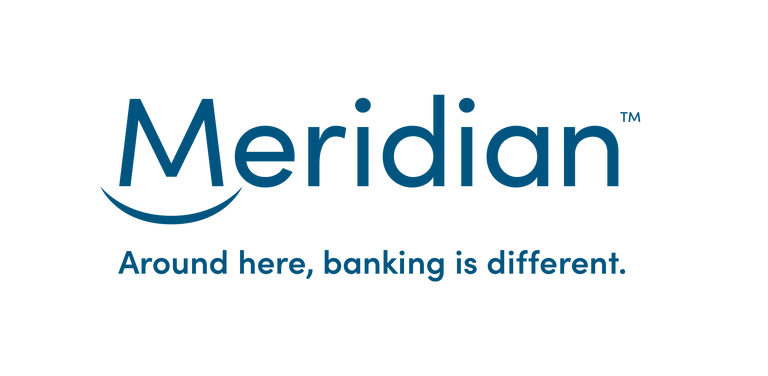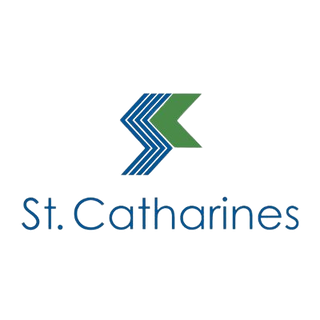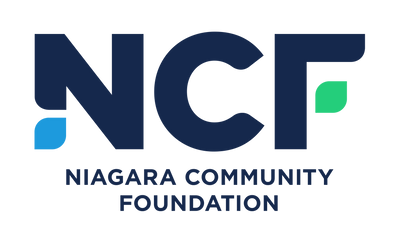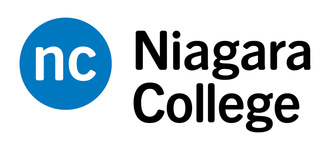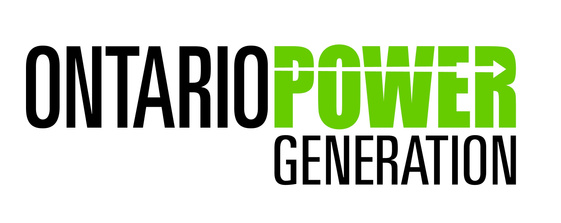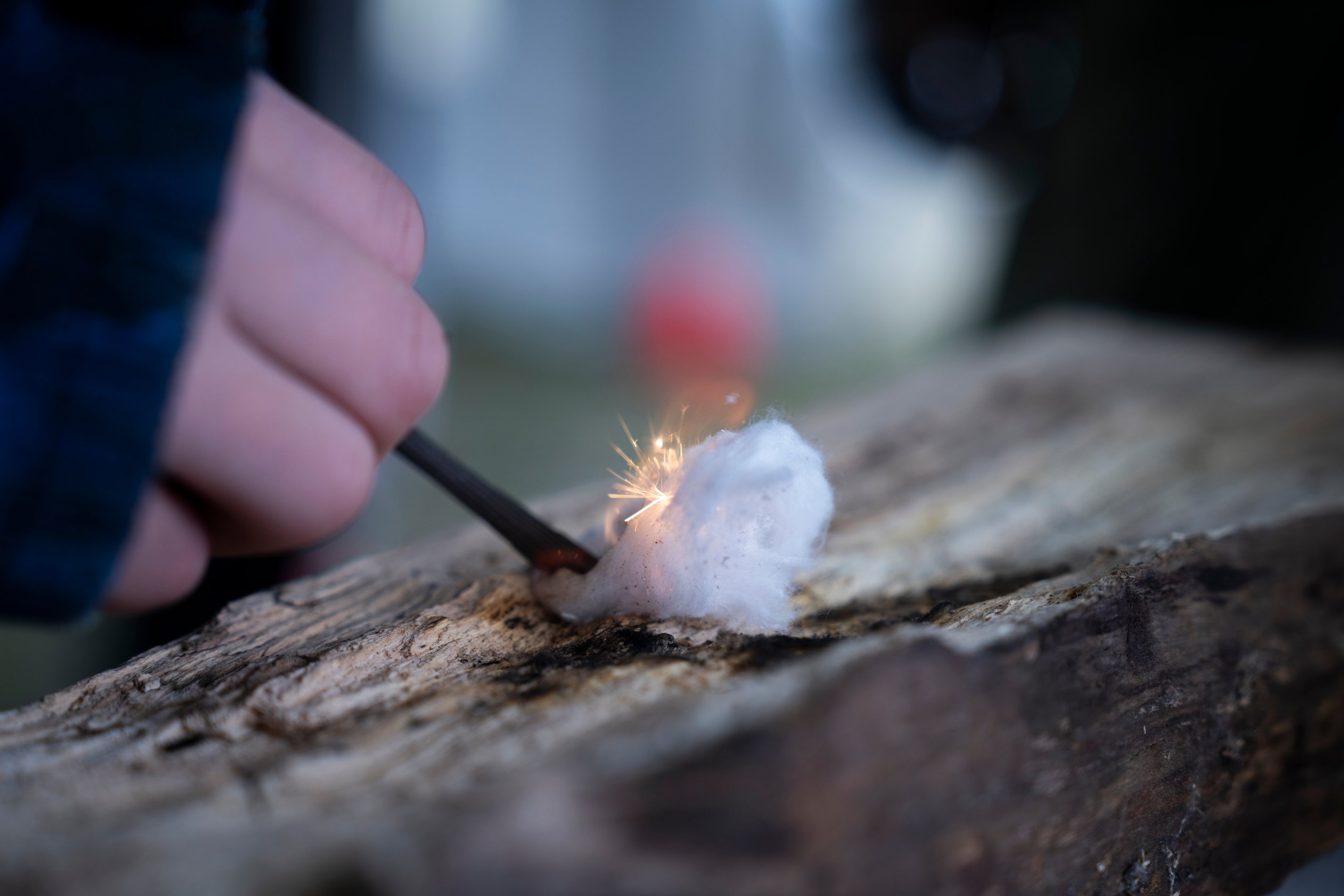Attending a Pow Wow offers a unique glimpse into Indigenous culture, filled with vibrant dances, music, and meaningful traditions. To enhance your experience, it's important to understand some key aspects of Pow Wows, including the roles of key figures, the significance of the drum, the protocols to follow, and the different types of songs and dances you'll encounter. Whether it's learning about the Master of Ceremonies, the sacredness of the drum, or the proper etiquette for seating and photography, being informed will help you fully appreciate the rich cultural heritage celebrated at these gatherings. This guide will introduce you to essential Pow Wow terms and etiquette, ensuring a respectful and enjoyable experience for all participants.
What is a Pow Wow?
A Pow Wow is a vibrant Indigenous gathering centered around dance, music, and family celebration. Traditionally, it serves as an event where one Indigenous nation welcomes and honors others. Pow Wows typically span a weekend, and attendees often travel long distances to participate. While the main Pow Wow season occurs in the summer, the revival of these gatherings now allows for year-round events across North America. Everyone, including non-Indigenous people, is encouraged to attend, as Pow Wows offer a unique and enriching cultural experience.
There are various types of Pow Wows, with traditional and competition Pow Wows being the most common. In traditional Pow Wows, participants in dance or singing are given day money. Although there is an element of competition, it is informal, and the events also include ceremonies such as honouring's, giveaways, "first" dances, and adoptions. In contrast, competition Pow Wows feature substantial prize money for dancers, based on the host tribe or nation's resources. While everyone is welcome to dance and compete, only the top performers receive prize money. Drum groups also vie for monetary prizes in these competitions.
Pow Wow Etiquette
Seating: Benches and chairs with blankets are reserved for dancers in regalia. These blankets mark the dancers' spots. Please avoid sitting on someone's blanket unless invited. If you're not dancing, you may bring your own chairs or sit on unmarked benches.
Follow the Master of Ceremonies: Listen to the Master of Ceremonies (MC). He will announce who should dance, the dance style, and the appropriate times to dance.
Be Considerate: Be mindful of those seated or standing behind you, ensuring they can see the performances. Make space for everyone to enjoy the event.
Respect Flag and Honour Songs: During the Flag Song and Honour Songs, please stand and remove your hat to show respect for the flags and those being honored.
Dance Arena: The dance arena is for participants only. It has been blessed and should be treated as sacred.
Photography: Photographs should only be taken with the individual's permission. Group photos can be taken without specific consent, but always be courteous. If you have any questions, feel free to ask.
Terms Used at the Pow Wow
Announcer, Master of Ceremonies: Every Pow Wow has an announcer or Master of Ceremonies (MC). They keep the event flowing, announce the events, explain the exhibition and competition dances, tell jokes, and more.
Arena Director(s): These are usually honored dancers who manage the drum order, dance contests, and help coordinate the contest events.
The Drum: To Indigenous people, the drum is sacred and deeply connected to traditional life. Made by stretching hides over a round frame and lacing them with rawhide, the drum sets the rhythm and tempo for dances. Singers follow strict protocols at the drum, which is highly respected by all Nations and essential at any Pow Wow. It's believed a woman brought the drum to Indigenous people, infusing it with a woman's spirit, and helping to reconnect the physical, mental, and spiritual aspects of a person.
Indigenous Flag: A spiritual staff covered in fur and adorned with eagle feathers, representing an Indigenous Nation or tribe, carried by an elder during opening ceremonies.
Flag Song: Many Indigenous groups have created flag songs to honor military veterans, similar to a national anthem. During these songs, everyone stands, but no dancing occurs. Women with veteran family members may traditionally dance in peace during this song.
Grand Entry: The Pow Wow starts with the Grand Entry, where spectators stand as flags and eagle staffs are brought in. The procession features the chief, dignitaries, veterans, and elected royalty. Dancers, led by elders, enter in order: men’s traditional, grass, and fancy dancers, followed by women’s traditional, jingle dress, and fancy shawl dancers. Teenagers and children follow, all announced by the MC. The arena fills with dancers in regalia, ending with prayer and honoring songs for veterans.
Honour Song: Honour songs are special songs sung to honor specific individuals. It is customary to stand in silence to show respect when an honor song is sung. These songs are always announced before they begin at Pow Wows.
Intertribal: These dances invite everyone to join in, regardless of age or gender. The announcer usually says, "Everyone dance, all you dancers get out there!"
Round Dance: This social dance involves dancers moving in circular rows around the drum, side-stepping in time with the rhythm. The faster-moving line is closest to the drum, while the slower line is farther out. The entire group moves together, synchronized with the drum’s beat.

This is a Drug & Alcohol-Free Event
The Niagara Regional Native Centre's 10th Annual Nurturing Our Roots Traditional Pow Wow is a family-oriented gathering. Our goal is to ensure a safe and welcoming environment for all attendees, free from drugs, alcohol, harassment, abuse, and any form of discrimination. All drugs and alcohol are strictly prohibited. Your cooperation ensures that everyone can enjoy the event in a respectful and secure atmosphere.
Please note that media representatives will be present during this event, and photos or videos may be taken. By attending, you consent to the possibility of appearing in event-related media coverage. If you prefer not to be photographed, please inform the event organizers upon arrival. Thank you for your understanding. The Niagara Regional Native Centre and the Meridian Centre will not be held responsible for any accidents or injuries sustained while on the premises or while participating in the Powwow that may occur through negligence by the individual, spectators, friends or relatives.

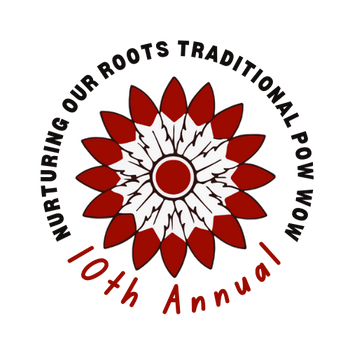
Quick Links
Need more information?
info.powwow@nrnc.ca
